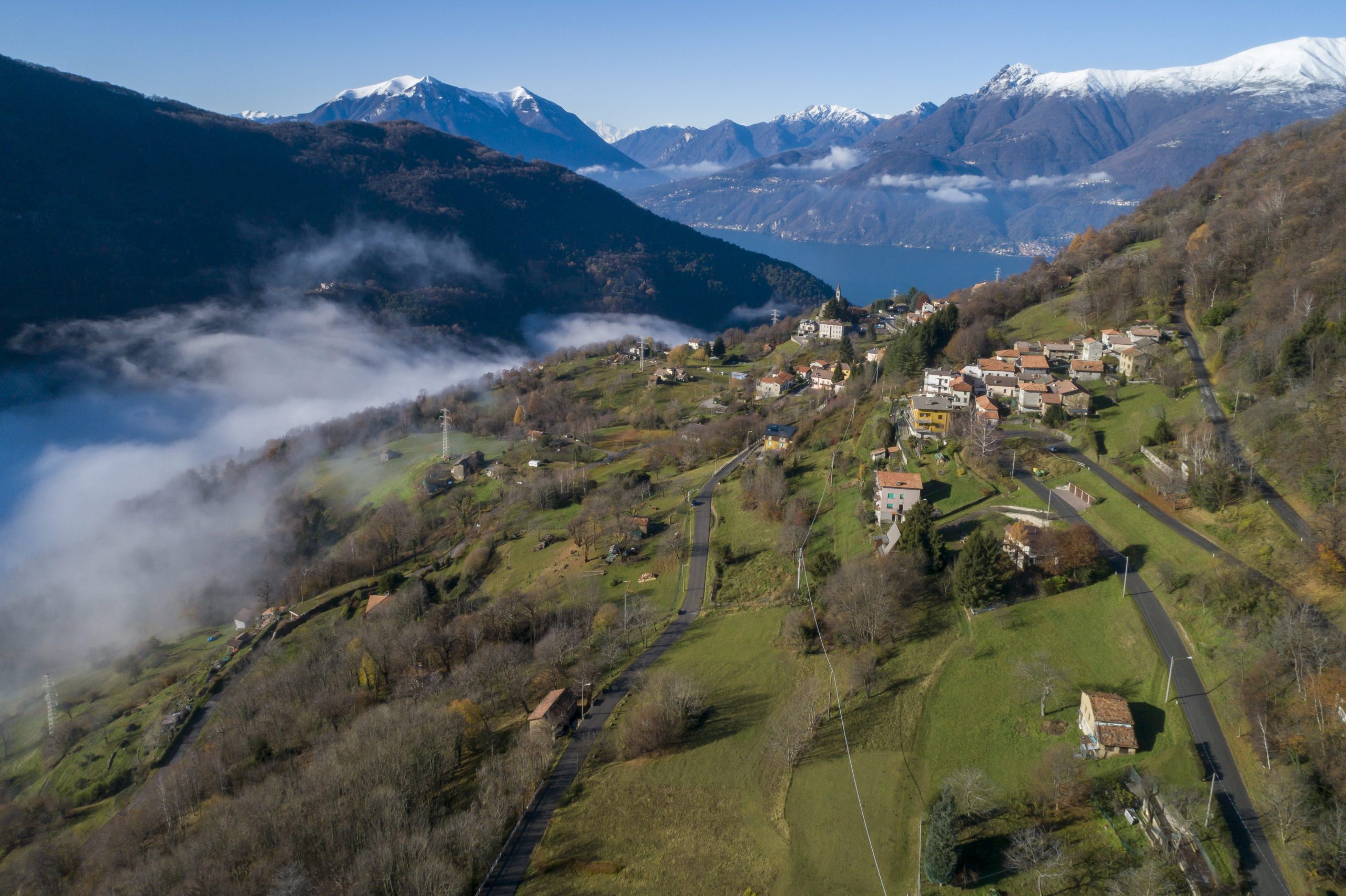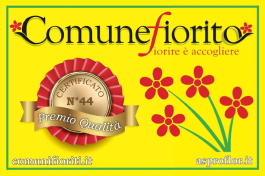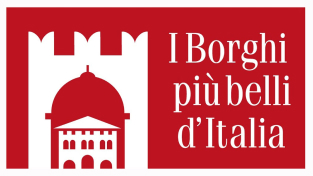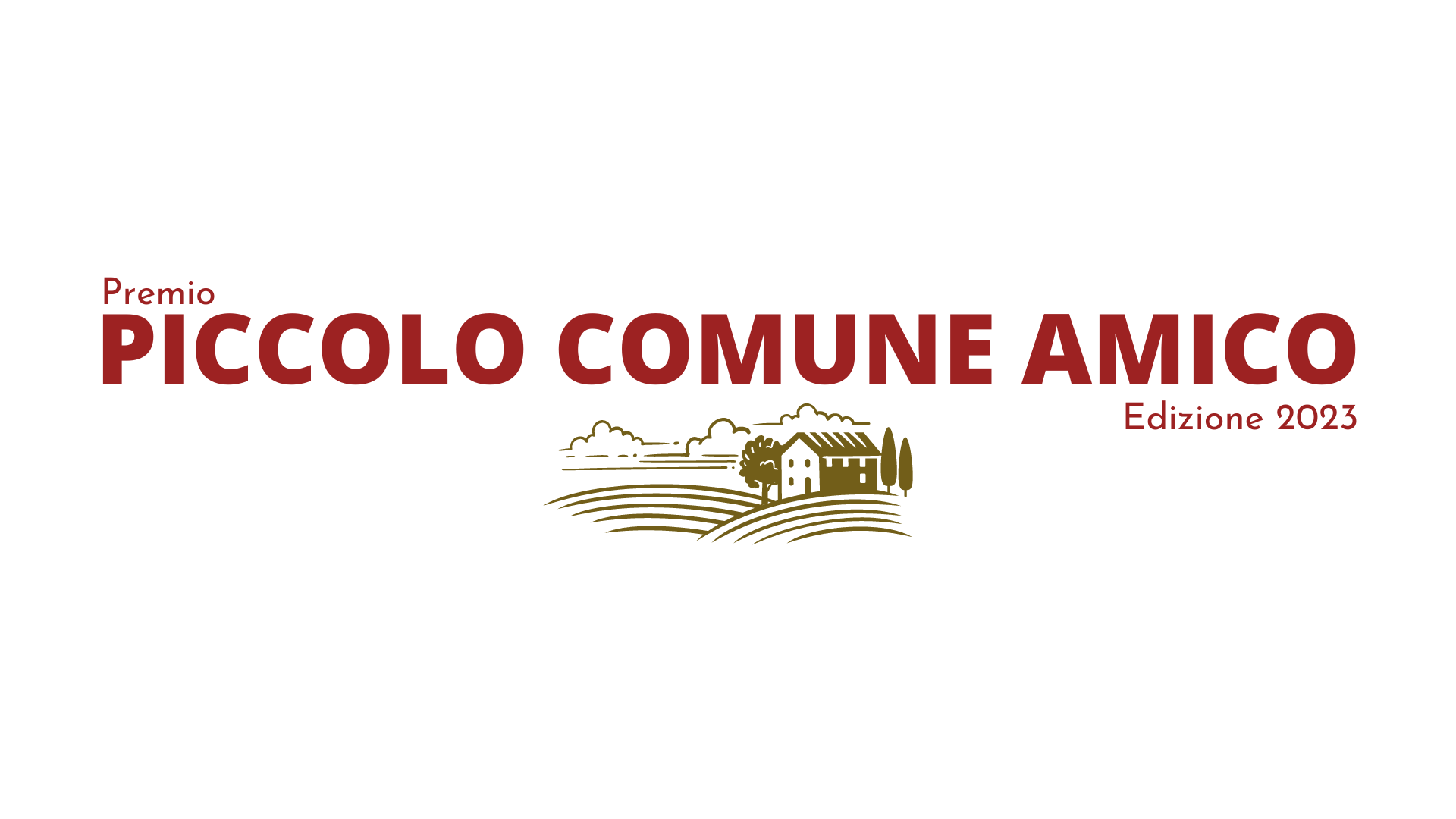The second, visible on the corner building with access to the mule track to Noceno, represents the Holy Trinity.
At this point in the village you can also see a very complex building: a tower-house to which other buildings have been successively attached, constituting four blocks, which define an inner courtyard that can be accessed through three entrances with covered passages with two stone gateways.
Another interesting architectural aspect is located at the corner of Via Roma and Via per Noceno: until the beginning of the 20th century, this building was the manor house of the Giglio family, one of the main families of the village. Another architectural sign to look for is the cross on the entrance to number 16, also in Via Roma, which testifies to the stay of a bishop who fled from Milan at the time of its destruction by Uraja (538-539 AD)
In the agglomeration of houses in Vendrogno with Bruga, there are now fourteen doorways, with a mainly arched structure, from different eras but starting from the medieval one, which were used to close and protect the precious presence of an internal water source. At the start of the twentieth century, in one of the courtyards hidden by these entrances, the local Doctor Casanova found a white marble memorial stone from Musso, with a partially decipherable inscription, dating back to Roman times and now on display in the Como Civic Museum. Most of the entrances are located along the central Via Roma, where it is also possible to visit the MUU, Museum of Milk and the History of Muggiasca, in the former dairy turnaria of the village.
At the end of the street in this ancient village stands the small church dedicated to St. Anthony, characterized by series of frescoes inside and outside, while completely detached from the houses, on a hill at the edge of the village and with a panoramic view, stands the Sanctuary of Our Lady of Loreto, for all “La Madonnina”.













